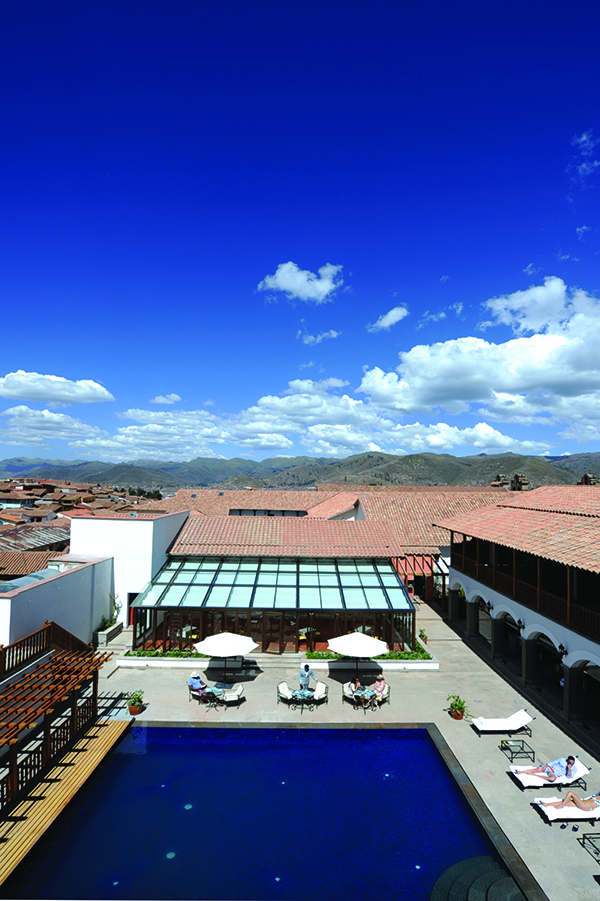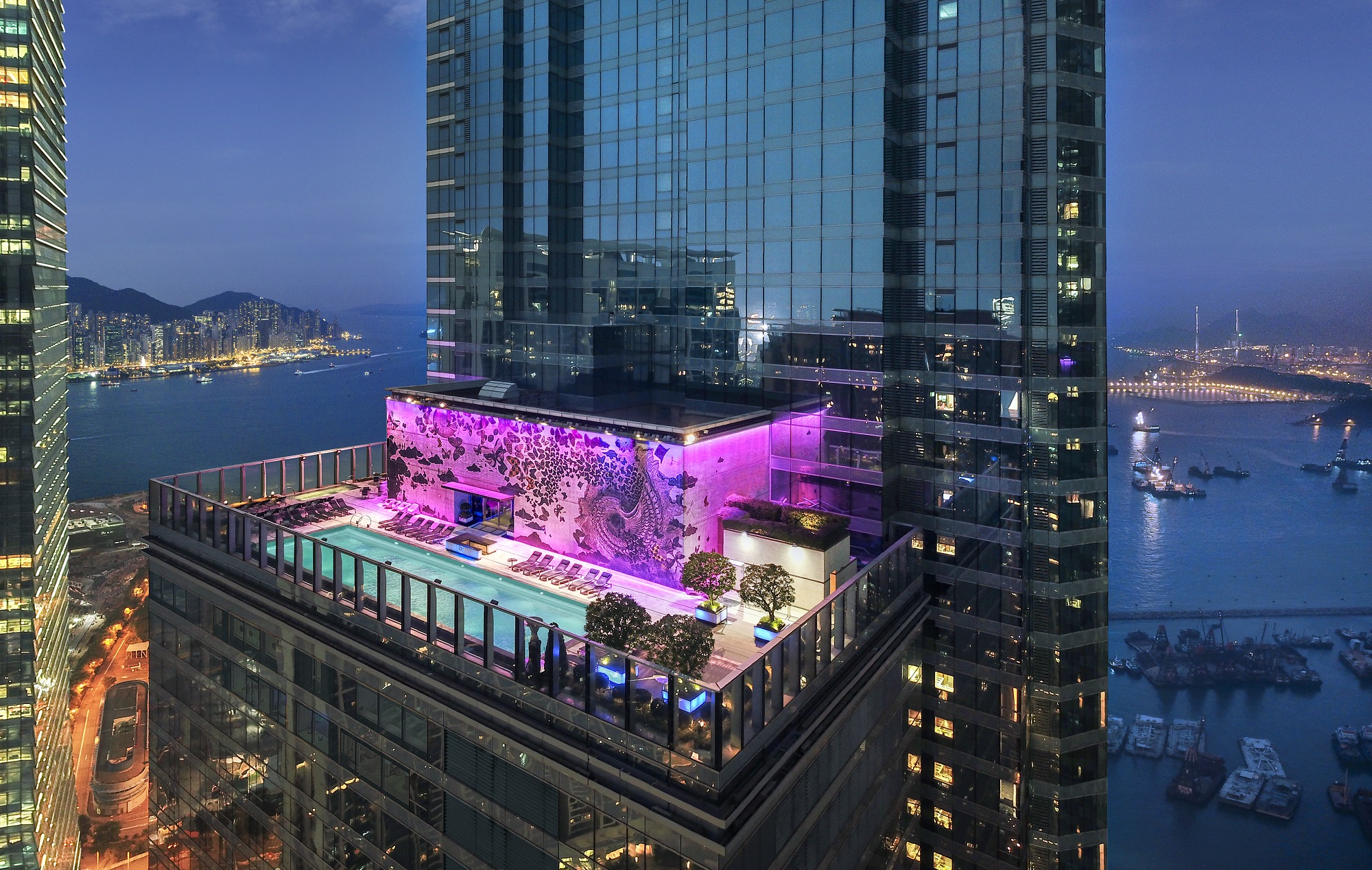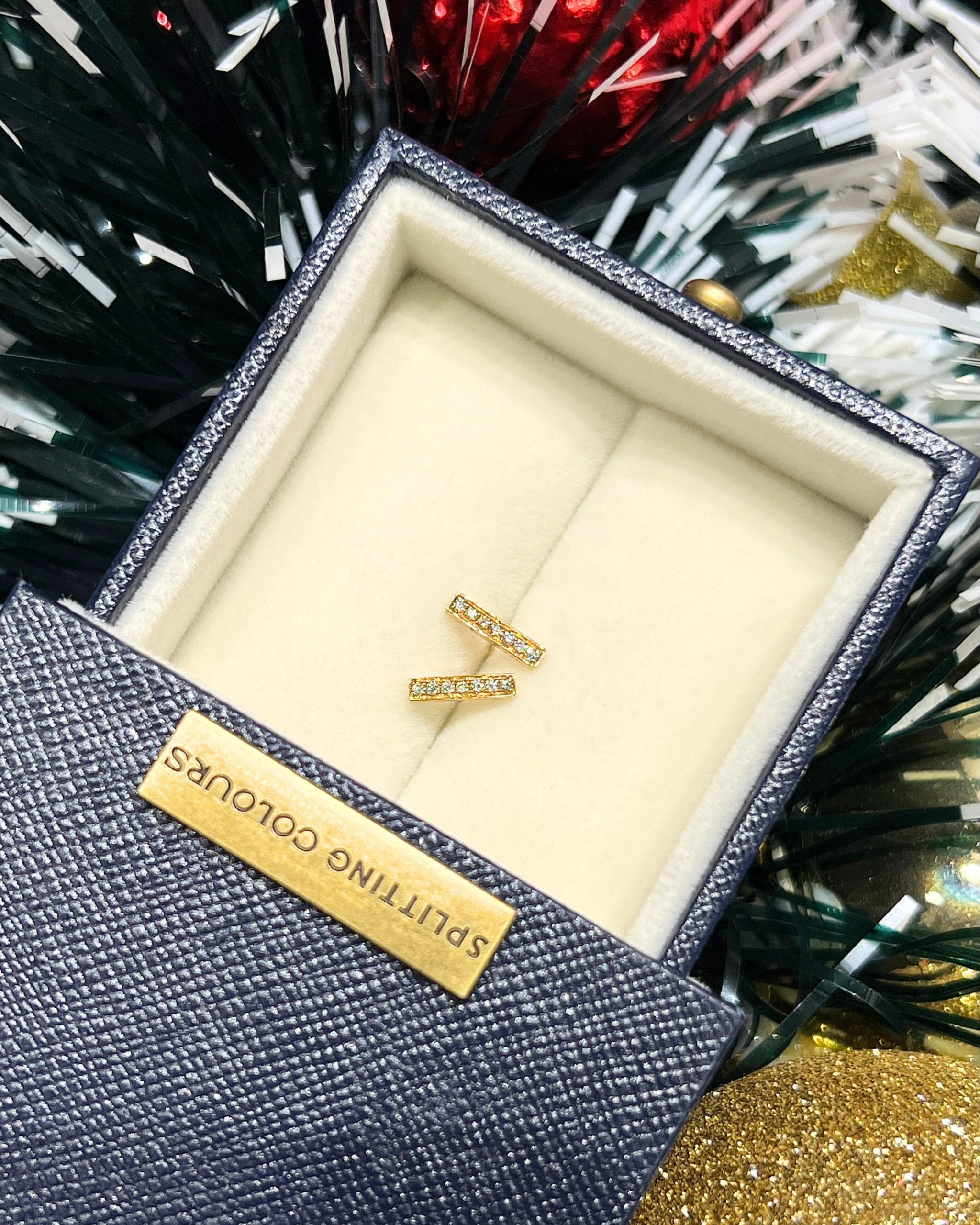
Steeped in history and mystery, the mountainous terrain of Peru and its top draw, Machu Picchu, form a resplendent backdrop to a tranquil journey by train. Kee Foong explored the majesty of the lost civilisation of the clouds.
When american explorer Hiram Bingham stumbled upon Machu Picchu in 1911, he had, with the help of indigenous guides, hacked and hiked his way for days through dense tropical jungle in what he deemed the most inaccessible part of the Andes. Bingham, credited with rediscovering the lost city of the Incas, describes “impassable cliffs… roaring rapids… foaming waterfalls… precipitous slopes… and overhanging cliffs,” all of which kept Machu Picchu hidden from avaricious Spanish conquistadors and the rest of the world for centuries.
My arrival at Peru’s star attraction however, on board the Belmond Hiram Bingham, a luxury train named in the explorer’s honour, is abundantly easier. The journey commences about 100 kilometres away, near the former Incan capital of Cusco, and rocks and rolls its way
slowly through spectacularly scenic valleys, past craggy mountains, verdant maize and cornfields, following the twists and turns of the Urubamba River. On the train, polished brass, wood panelling, plush upholstery, crisp white linen and fine crockery channel the golden age of travel, and I’m wined and dined by liveried staff.

The train terminates at the dusty town of Machu Picchu Pueblo, wedged at the bottom of a narrow gorge. Machu Picchu proper, the World Heritage-protected citadel in the sky, is another half-hour away, up a steep switchback road accessed only by public bus or, for a few hardy souls, on foot.
Despite the crowds, I’m awestruck by the incredible spectacle of Machu Picchu, which comes as no surprise to my guide, Wilda Huerta. “No matter how many times I’ve visited Machu Picchu, it’s like seeing it for the first time,” she says. “My favourite view is approaching it from the Sun Gate, at the end of the Inca Trail, with the iconic Huayna Picchu mountain in the background.”

Secreted away on a ridge 2,400 metres above sea level, it’s an archaeological marvel in an extraordinary setting, amid a thick cloud forest, hemmed in by sugarloaf mountains and sheer rock faces that plunge to a serpentine river. How it was constructed and its purpose still baffles researchers today.
Thought to have been a royal retreat built around 1450, during the Inca empire’s apogee, the site is a masterly complex of ruins in harmony with its surrounds. Houses, temples, stairs and ramparts are constructed with slabs of precisely chiselled granite that lock together perfectly, without the use of mortar. Neat terraces march down the mountainside, supported by sophisticated irrigation and drainage systems that have helped the site survive earthquakes and torrential rains.
By late afternoon, the masses have disappeared, on the last bus back into town to bed down for the night or to make the long trip back to Cusco. But as a guest at the Belmond Sanctuary Lodge, the only hotel located at Machu Picchu, I have unrivalled access to the site. The value of this is apparent when, almost deserted save for a few llamas, Machu Picchu fully reveals its mystical, magical side, when the late afternoon sun burnishes the ruins gold before disappearing behind mountains as a full moon rises.
The next morning, as it is on most other mornings, Machu Picchu is blanketed in mist and cloud, so I enjoy a leisurely breakfast before visiting the site again. It’s a wise decision, as I am tackling Machu Picchu Mountain, a challenging 600-metre ascent that only a few hundred people attempt each day.

“Fifteen minutes” is the reply from a young woman on her way down when I ask how far it is to the top. “Fifteen minutes”, a stranger calls out as he descends past me 15 minutes later. Huffing and puffing and cursing, I continue the steep climb, wondering if I should turn back. Hikers returning to the base, however, chime in with words of encouragement and, after nervously negotiating the final stretch of narrow steps carved into the near-vertical mountainside, I reach the summit.
On cue, the clouds lift and I’m rewarded with a dizzying panorama of peaks, chasms and blue sky. With a little imagination, I make out Machu Picchu below me in the shape of a condor, which the Incas considered a celestial animal. It’s a scale and perspective not possible from the ground, one that makes the achievements of the Incas even more impressive.
Nestled between Cusco and Machu Picchu is the Sacred Valley, filled with cultural and archaeological treasures that should not be missed. The Urubamba River, a sacred waterway that gives the area its name, splices the valley in two as it winds its way towards the Amazon, with fertile plains on either side sweeping upwards to towering cliffs and jagged peaks. It’s a stunning place to explore and with elevations much lower than Cusco, it’s an ideal base to acclimatise to the altitude.
My accommodation is the charming Belmond Hotel Rio Sagrado, a tranquil property with sprawling gardens (complete with resident baby alpacas) and a prime location on the banks of the Urubamba. The soothing sounds of rushing water filters through to the rooms and suites, all
of which overlook the river. Relaxation comes easy at the hotel, which has a terrific spa and swimming pool, and nooks and crannies to hide away. The food is good, too, and provides a tasty introduction to Peruvian cuisine.
Ollantaytambo, the most popular destination in the Sacred Valley, is a historically significant site where the Incas achieved a rare victory before being conquered by the Spanish in the 16th century. The fortress town is also the main starting point for those hiking the famed Inca Trail
to Machu Picchu or taking the train there. Giant terraces rise pyramid-like from the town’s edge and I join an ant-like procession of people clambering breathlessly to the top, where superb valley vistas await.

At Maras, I’m dazzled by a Pantone palette of white, mud and earth-toned salt pans cascading downhill. It’s an Inca-era engineering feat made possible by harnessing a barely-there stream, which allows shallow pools of salt water to form and evaporate. Today, local workers still toil by hand to harvest this once precious commodity, which can be bought straight from the source at the numerous tiny stalls that line the entrance to the pans.
Nearby, Moray mystifies with its alien-like series of giant elliptical and concentric circles that sink deep into the ground, possibly on the site of ancient meteor craters. Thought to be an agricultural laboratory where the Incas tested the suitability of different crops planted in different soils and at different heights, the largest of these is about 30 metres deep, with temperature extremes of up to 15 degrees Celsius from top to bottom.
Pisac is known as much for its colourful markets as it is for the ruins of an Incan fortress perched high on a hill. The fortress is deserted by early afternoon as the tour groups disappear for lunch, leaving me to admire the grand sweep of terraces, and I weave in and out of crumbling huts and temples in peace. The market itself, crammed with textiles and trinkets, feels too touristy, and I’m done in a matter of minutes. For textiles, I’m told that the town of Chinchero, home to the finest weavers in the region, is the place to go.
In Cusco, the World Heritage-listed former capital of Peru, I find myself in a time warp 3,400 metres above sea level. Beautifully preserved 16th- and 17th-century colonial architecture, built over the remains of Incan structures, line cobbled streets and squares. Nowadays, instead of conquistadors, it’s the nearly two million visitors who invade its streets each year.

Of the city’s churches and cathedrals, the baroque Convent of Santo Domingo is essential viewing. At its base lies Qurikancha, the former temple of the sun and the most important of the Incan empire’s temples, with interiors once covered in gold. It was plundered by the Spanish, who then proceeded to build the convent over its foundations. Sections of the immaculate Incan stonework can still be seen – perfect geometric blocks that modern technology is unable to match.
For all their astronomical and engineering brilliance, “sadly, the Incas were no match for the Spanish,” says my guide. “The Incas had the numbers, but the Spanish had guns and horses, and wiped out a civilisation.” It’s a sobering reminder of Peru’s bloody colonial past that its people are still coming to terms with.
I explore Sacsayhuamán, a fort with zigzag walls made of giant boulders, and Tambomachay, with its aqueducts and waterfalls. At the end of the day, I’m cloistered away at the Belmond Hotel Monasterio, in an immaculately restored former monastery. The garden courtyards
and public spaces are gorgeous, though as one of the largest hotels in Cusco, it’s popular with tour groups and conventions. Its sibling property, the Belmond Palacio Nazarenas, is more intimate.
My Peruvian adventure ends in the rarefied air of Lake Titicaca, 3,800 metres above sea level, where legend has it that the Incas were created by their greatest god, Viracocha. It’s a vast, still lake that lacks the wow factor of Machu Picchu, yet is pivotal to the indigenous communities that populate its islands and shores, including the Aymara, the Uru and Quechua, who belonged to the Incas. And it’s here that I realise it’s not the grand monuments and relics that matter most, but the smaller things found in people’s daily rhythms – the respect for ancestors; the upholding of customs and traditions; the weaving, fishing and agricultural practices carried on by descendants – that keep the spirit of civilisations alive.
The feature originally appeared on the March 2018 print issue of #legend.





